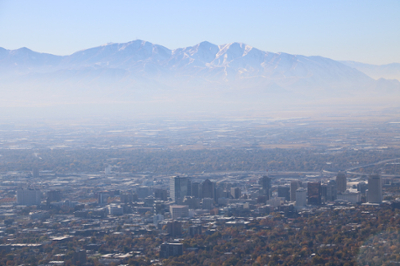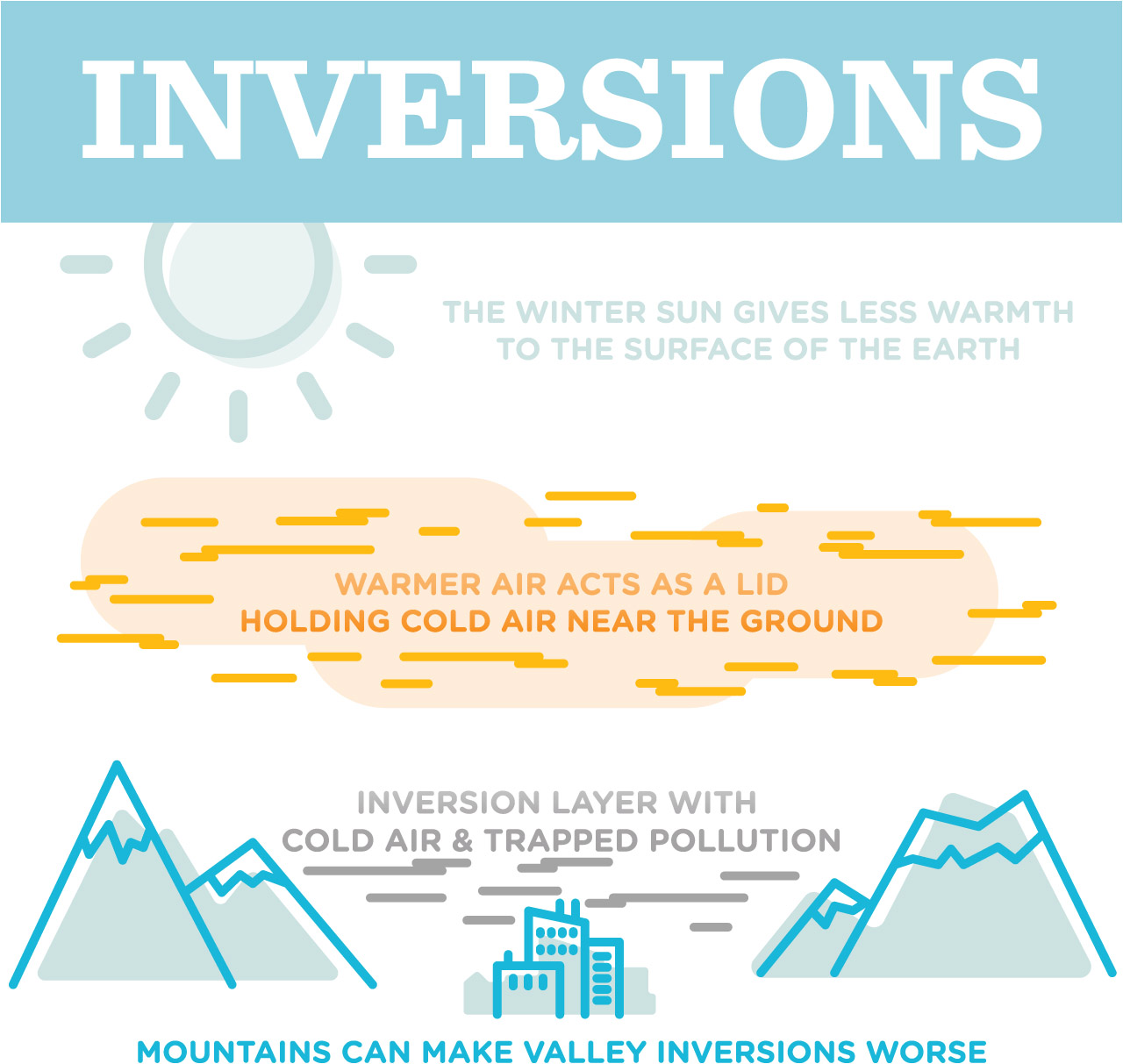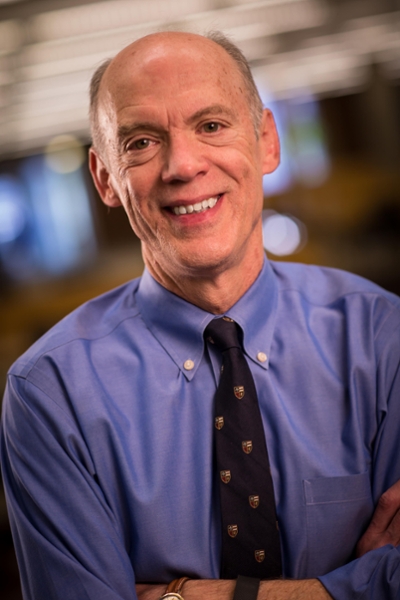Voices of U of U Health
The Air We Breathe
Our state can be a winter wonderland of abundant sun-drenched ski slopes. Unfortunately, Utah can also be a winter inversion-land.
We’re learning more about bad health effects from bad air we breathe, especially during our annual winter temperature inversions. It may not be easy to see, but we also know that, because of changes in better human behavior, our dirty air has slowly been getting cleaner. There's still a long way to go.
Recent Research

Pollution and COVID-19
Prior to the COVID-19 pandemic, we already knew poor air quality was a risk factor for respiratory failure following a variety of insults, such as viral pneumonia or trauma. COVID-19 has expanded our understanding of this risk. A number of studies from the United States, Western Europe, and China show that people who have had greater exposure to air pollution over prior years are more likely to contract COVID-19, to have a more difficult course with the disease, and even to die from COVID-19.
So, like many aspects of health, air pollution makes COVID-19 worse. The most likely explanation is that chronic, low-level air inflammation in the lungs due to air pollution leaves a person more prone, when they become infected with the virus, to develop explosive, dysregulated inflammation that causes severe respiratory failure. These individuals require hospitalization, care in ICUs, support with ventilators, and are at great risk of death.
Inversion Advice to Patients

It’s often important to pay attention to the time of day if going outside. Pollution is frequently not as bad in the morning, so it's a better time to exercise. This is particularly true in the summer with ozone, but it can be true with particulate pollution as well, both summer and winter. So really think hard about timing and place for outdoor activity.
Signs of Improvement
Overall, air quality has improved in the last few years. Efforts by the Environmental Protection Agency (EPA) promoting cleaner fuels and more efficient, cleaner vehicles has been a huge help. The emissions per mile driven in our state has actually gotten considerably better. A little over half of the PM 2.5 pollution we see during the winter comes from mobile sources: cars, trucks, and off-road vehicles. The less we drive and the cleaner the cars, the better for our air.
A small amount of particulate PM 2.5 comes from the large smoke stacks that we worry about. We worry, because we can see them. But those big stacks at places such as Kennecott are pretty heavily regulated, and they have improved considerably in response to these regulations. That doesn't mean we shouldn't improve them further. We also need civic and state leadership to think about strict regulations for new industrial operations, such as the proposed inland port in Salt Lake City, to avoid adding to our pollution burden.
A third class of air pollution comes from area sources: our homes, small businesses, and such things as furnaces and hot water heaters. We've had a lot of improvements on that front. Thanks to the State Air Quality Board and with support from the legislature, we now have ultra-low NOx hot water heaters going into new buildings. We have improved insulation and the efficiency of heating and cooling. In these area sources, we can really push ahead even more. Anything we do now is a good investment for the future, as opposed to having to retrofit later.
Our Future Together
Improving air quality now has long-term benefits, even if it means paying a little more for a car, driving a little less, and altering life at home in terms of insulation and turning thermostats down—all little things. Over the last 30 years, the EPA estimates that the cost of improving air quality has been about $60 billion, a big number. And the benefits have been about $2 trillion. There really is a huge return on investment.
Improving air quality will definitely improve our community health. But achieving better air quality will take a combination of personal behavior, political will, and economic incentives. We are far better than we used to be. Nevertheless, even with this improvement, lives are lost every day to air pollution.
It takes all of us participating to further improve the air we breathe. Let’s aim for that wonderland of winter when we always see sharp outlines of the beautiful mountains that surround us.
